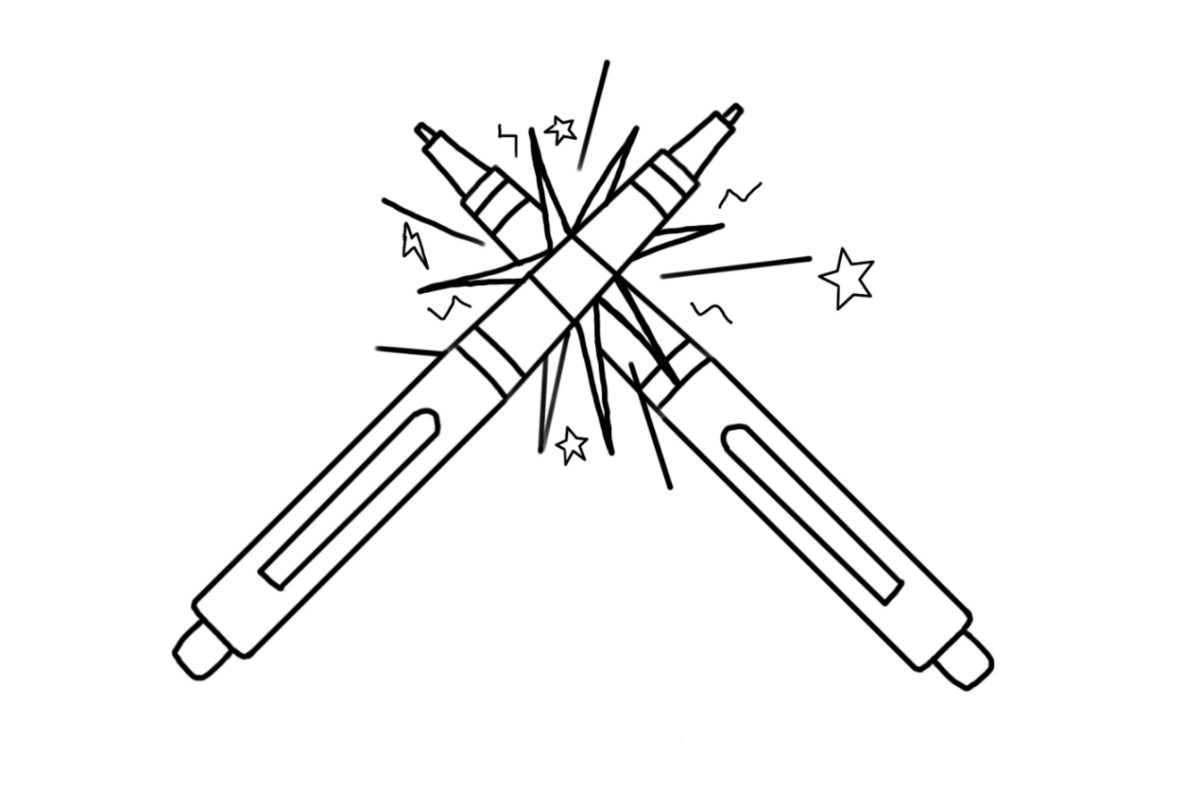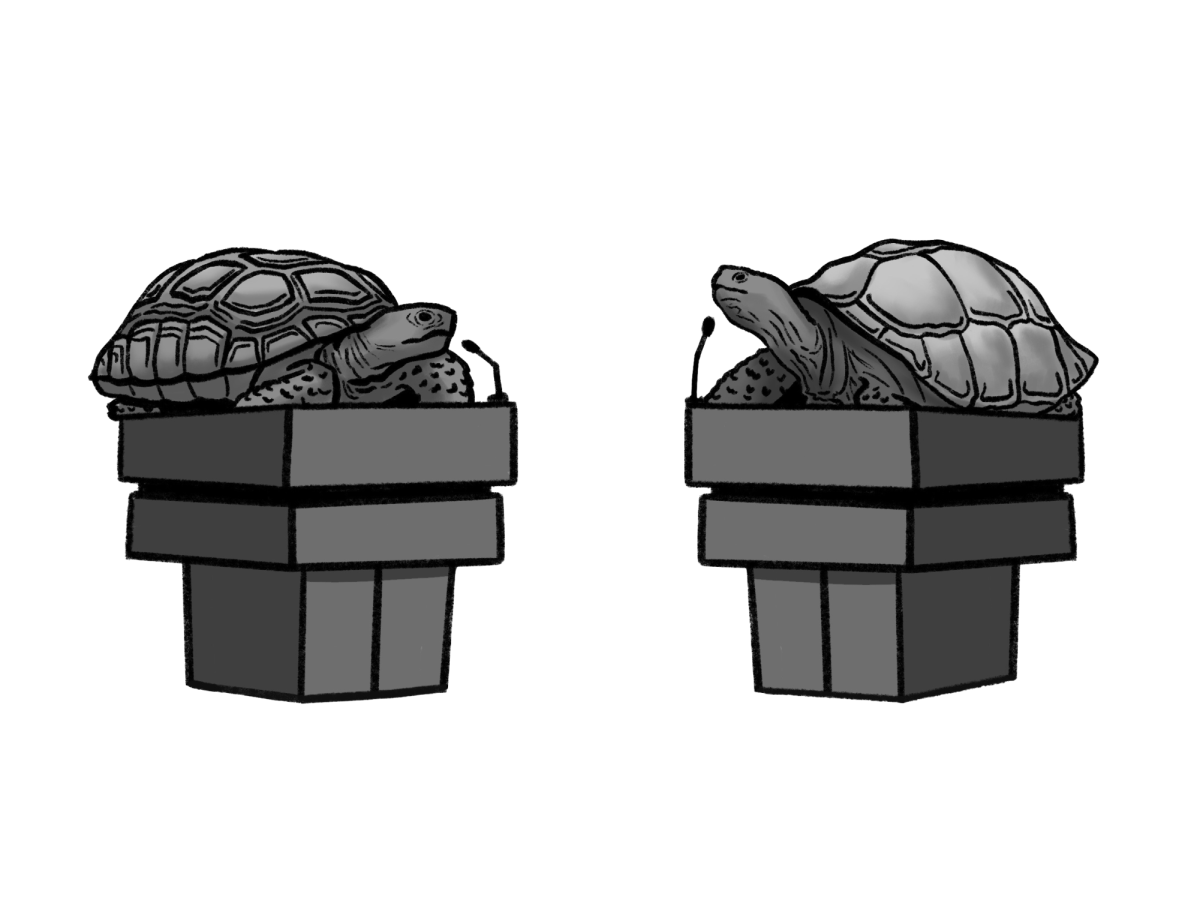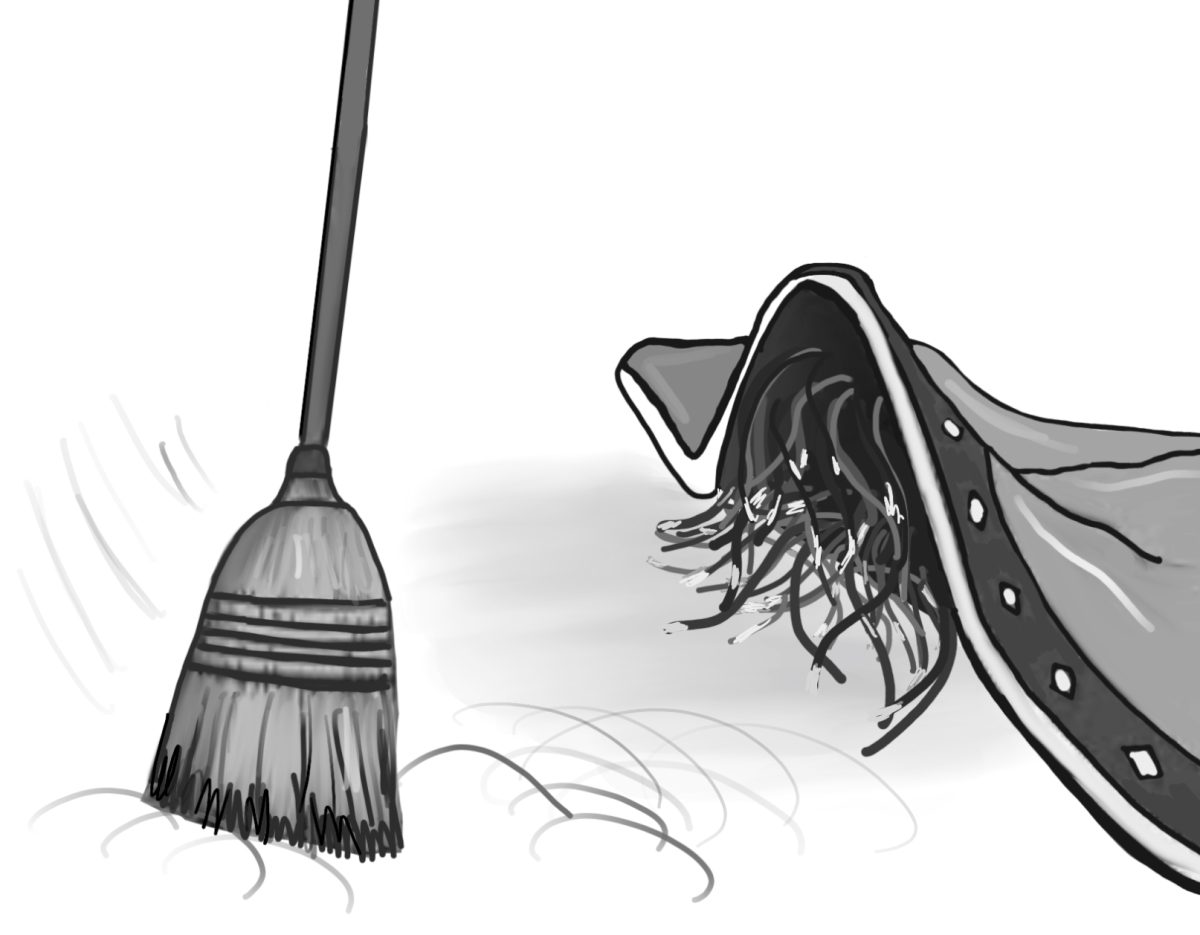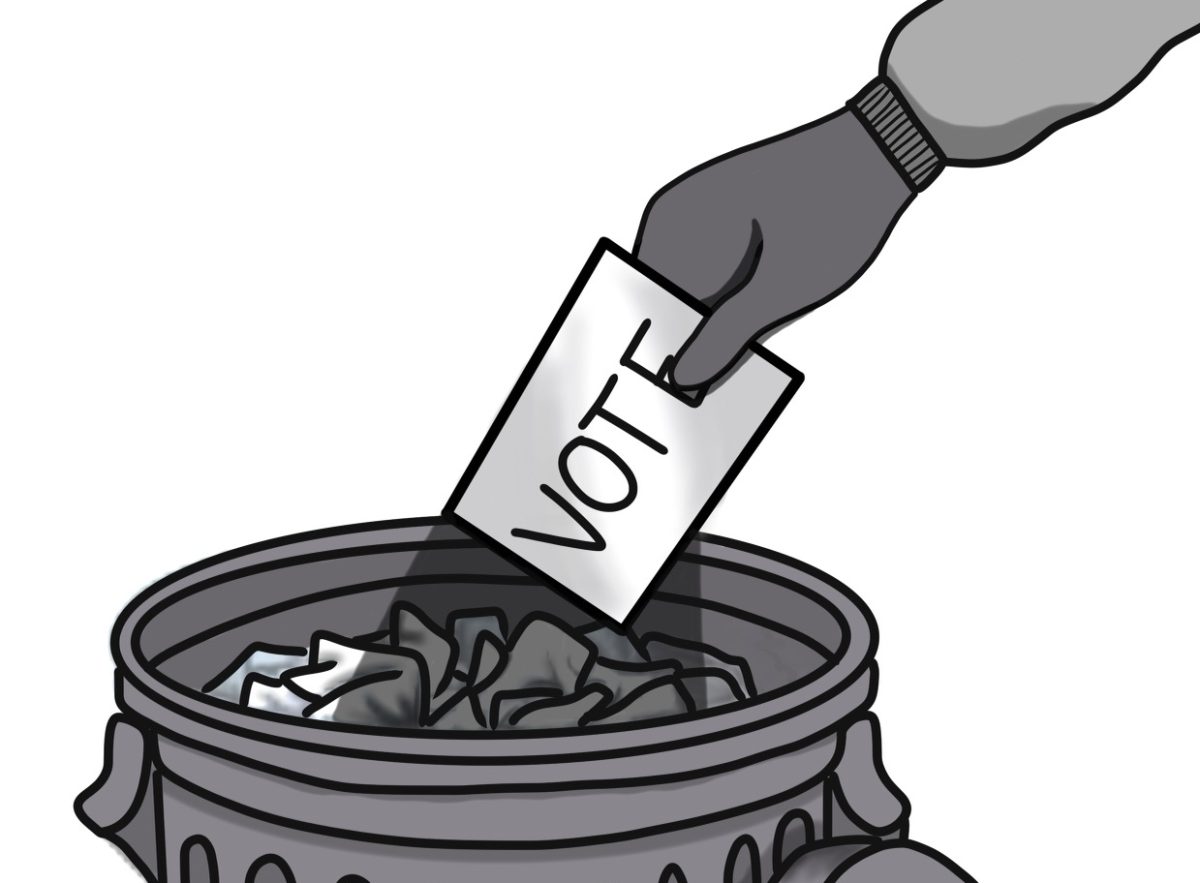Nearly 24 percent of American teenagers use tobacco products monthly. The rate of daily tobacco use among American adults has hovered around 20 percent for the past decade, after dropping drastically from the middle of the twentieth century.
The harsh reality of the situation is that while legislation is being debated every day to try and end America’s infatuation with tobacco, that signature smell of cigarettes in the air is not going away anytime soon. There is too much money and business interest invested in tobacco, along with the millions of people already hooked on nicotine, to create swift change in the industry.
However, in recent years veteran and new smokers alike have begun using e-cigarettes in increasing numbers as a safer alternative for traditional tobacco products. While they are by no means a healthy practice, perhaps they may be the lesser of two evils, a better way to fill the widespread yearn for nicotine while limiting the carcinogen intake that is shortening lifespans with every puff. E-cigarettes can produce a similar “buzz” without the smell, tar-residue, and other side effects typically associated with cigarettes. This is not to say that they do not have their own fair share of drawbacks.
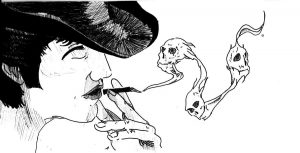
E-cigarettes are a largely unregulated and unknown product relative to traditional tobacco products. They still contain nicotine, the highly addictive agent in tobacco that has plagued generations of smokers. Since hot water vapor is still being inhaled, their complete effect on the lungs is unknown. Most importantly, they are another method of introducing tobacco to minors. One out of ten teenagers has admitted to using e-cigarettes in 2012, double the level in 2011, according to the National Youth Tobacco Survey. E-cigarettes lack the taste, smell, and stigma that typically dissuade many youth from trying tobacco products. Therefore, it is a legitimate concern that e-cigarettes could be the gateway into a reintroduction of tobacco use among teenagers.
Even with these downsides, e-cigarettes are still, by all indications, less harmful than the traditional cigarette. In addition to nicotine, cigarettes contain thousands of chemicals, 69 of which are known as potent carcinogens. Ninety percent of lung cancer in men and 80 percent in women is caused by cigarette smoke. Chewing tobacco is the leading cause of oral cancer, which has a lower survival rate than most cancers.
E-cigarettes are estimated to have ten times less carcinogenic toxins than cigarettes, according to the UCSF Center for Tobacco Control and Research. The odors they emit are much less intense than those of cigarettes, and the effects of the second-hand vapor from e-cigarettes are still being researched to determine their harmfulness.
Tobacco is a highly addictive substance, and the vast majority of those who try to quit end up relapsing. Additionally, with the money and influence behind Big Tobacco, it is a harsh reality that future generations are going to be bombarded with advertisement and media promoting tobacco use. Millions of youth are going to try tobacco products at some point in their lives, and inevitably some will become addicted.
Rather than attempting to ban and curb tobacco use, perhaps it is smarter to introduce safer products into the market that can fulfill the nicotine addiction of the masses, while saving countless lives from tobacco-based cancers and illnesses.
While the ideal situation is for Americans to stop smoking, it is in a similar boat to promoting abstinence. Rather than putting all our efforts into trying to stop the problem, we should work to provide a safer alternative, and admit that perhaps humans will always concede to their vices.
Additionally, these products will likely incur the same strict regulations and high costs as traditional tobacco products soon, to promote quitting tobacco use in the first place as well. If you choose to smoke, think about sparking up with a button instead of a lighter.







